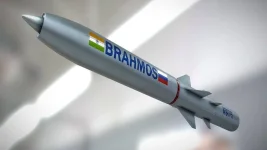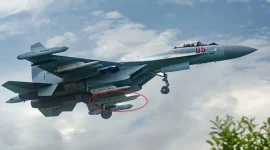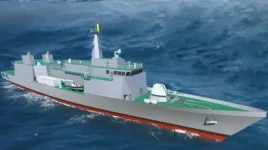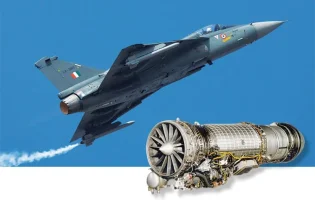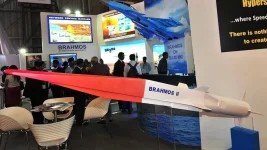- Views: 2K
- Replies: 11
Following the successful validation of its naval variant, India's Defence Research and Development Organisation (DRDO) is now preparing to test a land-based, truck-mounted version of the Vertical Launch Short-Range Surface-to-Air Missile (VL-SRSAM).
This new system is designed to provide a highly mobile air defence shield for the Indian Army and Air Force, with initial trials anticipated to take place in late 2025 or early 2026.
The VL-SRSAM system is an advanced adaptation of the indigenous Astra Mk-1 beyond-visual-range air-to-air missile.
Originally created for the Indian Navy to replace the older Israeli-made Barak-1 point defence missile systems on its warships, the VL-SRSAM has demonstrated its effectiveness in a series of rigorous naval tests.
A key trial in June 2022 from an Indian Navy ship off the coast of Odisha successfully proved its ability to intercept fast-moving, low-flying aerial targets. This success has prompted the Indian Army and the Indian Air Force to seek a land-based version that can be integrated with their existing command and control networks.
Technologically, the VL-SRSAM shares its core design with the combat-proven Astra missile, which is currently deployed on the Indian Air Force's Su-30MKI and Tejas fighter jets.
The naval version provides warships with a 360-degree defensive bubble, with each launch system holding eight missiles.
Official statements from the Ministry of Defence after tests, including those at the Integrated Test Range (ITR) in Chandipur, have confirmed the missile's high agility and the effectiveness of its indigenous Radio Frequency (RF) seeker in providing terminal guidance with pinpoint accuracy.
These trials validated the complete weapon system, including the missile, launcher, and the ship's weapon control system.
To adapt it for surface launch, DRDO engineers modified the airframe with special fins for stability and a thrust vectoring system that allows the missile to be launched vertically and then rapidly turn towards its target.
The system is engineered to counter a wide array of aerial threats, including fighter aircraft, drones, helicopters, and sea-skimming anti-ship missiles, within a range of approximately 50 kilometres.
The VL-SRSAM will be mounted on a high-mobility 8x8 vehicle, allowing for quick deployment and relocation. This mobility is critical for protecting mobile army formations, forward airbases, and other vital national assets from enemy air attacks.
The system's operational flexibility is further enhanced by its ability to be transported by military aircraft like the C-130J Super Hercules and Il-76.
A key strength of the VL-SRSAM will be its integration into India’s comprehensive, multi-layered air defence network. It is designed to link with the Indian Air Force's Integrated Air Command and Control System (IACCS) and the Indian Army’s 'Project Akashteer' control and reporting systems.
In this role, it will fill a crucial gap between very short-range systems and medium-range systems like the Akash missile, offering protective cover for larger assets like the S-400 squadrons.
The development is a collaborative effort between DRDO and public sector defence firms, including Bharat Dynamics Limited (BDL) for missile production and Bharat Electronics Limited (BEL) for the radar and control systems.
The complete land-based unit will consist of a command vehicle, 4 to 6 mobile launcher units, and support vehicles for reloading.
As the fabrication of the truck-mounted launcher is complete, the upcoming trials will focus on validating the system's performance and its seamless integration with the radar grids of the armed forces, marking another significant step toward self-reliance in critical defence technologies.

